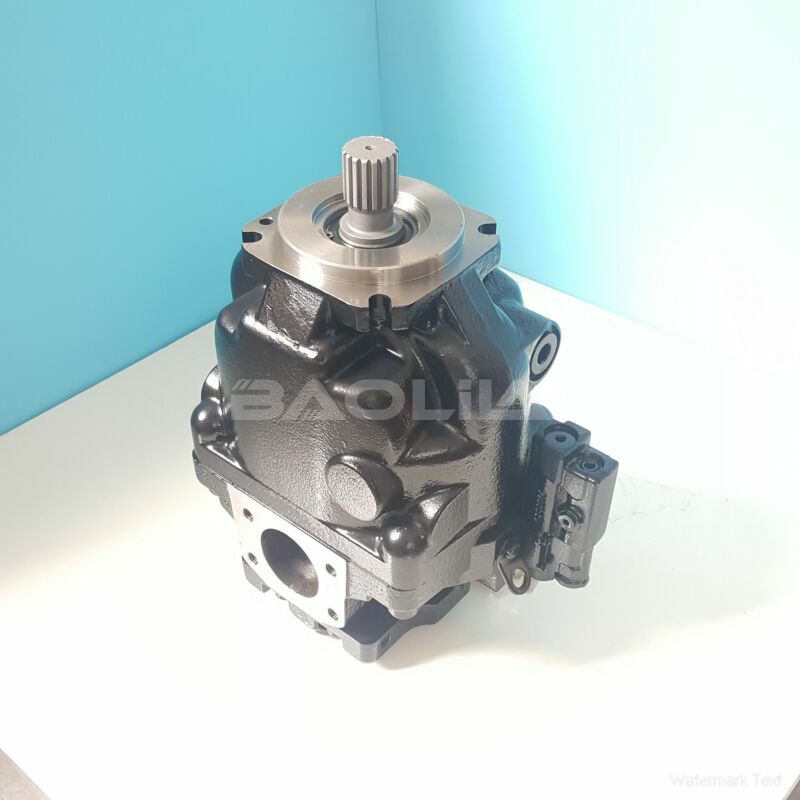ERL100BBS3120NNN3S1APA1NAAANNNNNN hydraulic pump
ERL100BBS3120NNN3S1APA1NAAANNNNNN hydraulic pump

- Product Details
- Applicable Scene
Hydraulic pumps are crucial components in various industrial applications, powering everything from manufacturing equipment to construction machinery. Given their significance, the design and operation of hydraulic pumps must adhere to rigorous safety standards to ensure both functionality and the protection of personnel and property. This article discusses the essential role of safety standards in hydraulic pump design, focusing on their importance in ensuring reliability, preventing accidents, and promoting overall industry best practices.
ER-L-100B-BS-31-20-NN-N-3-S1AP-A1N-AAA-NNN-NNN
ERL100BBS3120NNN3S1APA1NAAANNNNNN
One of the primary purposes of safety standards in hydraulic pump design is to minimize the risk of mechanical failures that can result in accidents or injuries. Hydraulic pumps operate under high pressure, and any failure in the system can lead to catastrophic consequences, including explosions, fluid leaks, and equipment malfunctions. By adhering to safety standards, designers can incorporate features such as pressure relief valves, robust materials, and fail-safe mechanisms, which significantly reduce the likelihood of such incidents.

83037468
Moreover, safety standards guide manufacturers in the selection of appropriate materials and components for hydraulic pumps. These standards specify characteristics like tensile strength, corrosion resistance, and thermal stability, ensuring that the pumps can withstand the demanding conditions they are often subjected to. By using materials that meet established safety criteria, manufacturers can enhance the durability and longevity of their products, leading to reduced maintenance costs and operational downtime.





